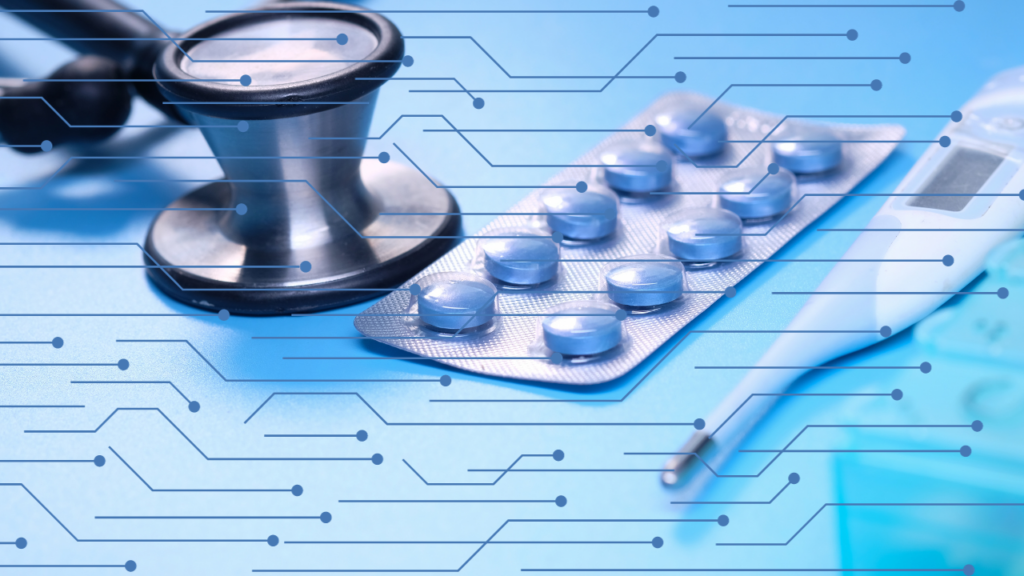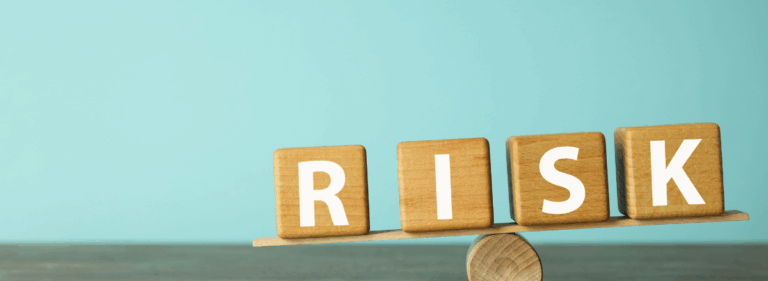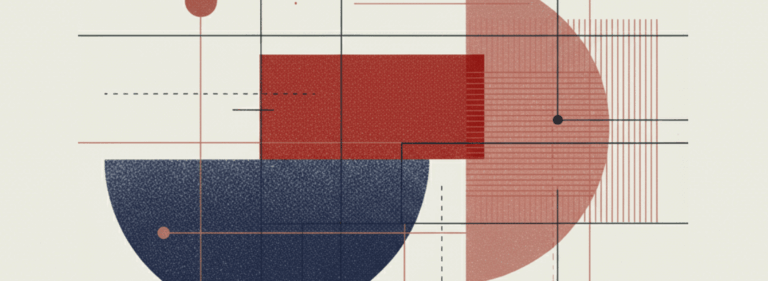Web3, AI, and other technologies provide new opportunities to improve healthcare

The convergence of AI and blockchain technologies in healthcare holds immense promise, with exploration still nascent. These two transformative forces can reinforce each other in ways that could revolutionise the industry. One striking illustration of their synergy is the application of AI to fortify the scalability and security of blockchain networks within healthcare systems.
AI’s formidable data analysis capabilities become particularly valuable with vast troves of sensitive patient data generated daily. By harnessing AI, healthcare organisations can significantly enhance the security of blockchain networks. AI-powered algorithms can diligently scrutinise these enormous datasets to identify and flag security threats such as hacking attempts and fraudulent transactions. This vigilant surveillance can serve as a robust defence against the ever-evolving landscape of cybersecurity threats that healthcare entities face.
Moreover, AI lends its prowess to optimising blockchain networks’ scalability, a critical requirement in the healthcare sector where seamless and expedited data sharing is paramount. Through AI-driven optimisation, network resources can be allocated more efficiently to ensure healthcare transactions, whether they involve patient records or supply chain management, occur swiftly and reliably. The healthcare ecosystem would benefit from streamlined processes, reduced administrative overhead, and improved patient care through faster access to essential information.
The amalgamation of AI and blockchain promises enhanced security and the potential for transformative changes in how healthcare data is managed, shared, and leveraged to improve patient outcomes and operational efficiency. As these technologies continue to evolve and intertwine, the healthcare industry may unlock a new horizon of possibilities, leading to a more secure, efficient, and patient-centric healthcare landscape.
Several innovations contribute to developing a deeper understanding of individuals. Precision medicine, next-generation IoT devices, and AI/machine intelligence play significant roles. These innovations have the potential to create interconnectivity and capture valuable insights while respecting individual dignity, value, and rights.
- 1. Precision medicine: Precision medicine provides targeted treatments and preventive measures tailored to an individual’s unique genetic makeup, lifestyle, and environmental factors. Researchers and healthcare providers can gain valuable insights into disease patterns, treatment responses, and individual variations by analysing vast amounts of genomic data, health records, and other relevant information. Precision medicine promises more effective and personalised healthcare to improve patient outcomes and reduce healthcare costs.
- 2. Next-generation IoT devices: The Internet of Things (IoT) now includes wearable devices, ingestible sensors, and implantable technologies that collect real-time health data. These devices can monitor vital signs, track medication adherence, detect anomalies, and transmit data to healthcare providers. The interconnectivity of these devices allows for continuous monitoring, early detection of issues, and timely interventions. However, ensuring the privacy and security of sensitive health data is crucial to respect individual rights and maintain trust in these technologies.
- 3. AI and machine intelligence: Machine learning algorithms are revolutionising healthcare by analysing complex datasets, predicting disease outcomes, assisting in diagnosis, and recommending personalised treatment plans. These technologies can augment healthcare providers’ capabilities to make more accurate diagnoses, optimise treatment decisions, and improve patient outcomes. However, ethical considerations, transparency, and explainability of AI algorithms are essential to ensure fairness, mitigate bias, and respect individual autonomy.
- 4. Blockchain technology:Blockchain, a decentralised and immutable ledger, harbours the capacity to tackle many data security, privacy, and interoperability challenges. It can enable the secure sharing of health records, provide granular access controls, and enhance data integrity. By leveraging blockchain technology, individuals can control their health data better. They can even grant consent for its usage and participate in research initiatives while protecting their privacy.
Interconnectivity and ethical considerations: When these innovations converge and are appropriately integrated, they can create a synergistic effect, leading to a more comprehensive understanding of human health. Interconnectivity between these technologies facilitates seamless data exchange, enabling a holistic view of an individual’s health status and contributing to more personalised and effective care. However, addressing ethical, legal, and regulatory challenges is crucial to ensure these technologies’ responsible and ethical use while respecting the dignity, value, and rights of each person involved.
AI and blockchain for smart contracts: AI and blockchain can also collaborate through smart contracts. Smart contracts are self-executing contracts with the agreement terms written into code. They automate processes and reduce the need for intermediaries. AI can analyse data and trigger the execution of smart contracts, such as in the case of a supply chain management system. In healthcare, for example, AI is used to analyse patients’ medical records to identify patterns and trends that could indicate the need for treatment. Smart contracts can then help to store and share these medical records securely. Another much-needed application of smart contracts is to track the provenance of medical products, thereby avoiding fake medications that often lead to unwanted outcomes, including no treatment efficacy, adverse effects, further hospitalisation and death.
AI and blockchain in medicine: Medicine represents one of the most exciting frontiers for integrating these technologies. AI can enhance the user experience on decentralised platforms, for instance, through AI-powered chatbots that interact with users and provide personalised recommendations. Combining AI and blockchain can lead to new, sophisticated, and decentralised applications that improve efficiency and security in various industries. The combination of AI and blockchain holds the potential to revolutionise systems, enhance efficiency, and ensure security. It opens avenues for new business models, fostering transparency, trust, and accountability across private and governmental sectors. On this last point, the OECD plays a crucial role in bringing diverse stakeholders together facilitating the development of improved policies for better lives.
Digital ledger technologies (DLT) and generative AI: Blockchain and other digital ledger technologies are currently being leveraged in generative AI through start-up initiatives, and we believe the trend will continue to grow. A challenge with Large Language Models (LLMs) is the traceability of model evolution and the quality of fine-tuning data. Assessing and trusting the model’s and the datasets’ provenance without blockchain is almost impossible. By allowing owners of “student models” to have their training data on a blockchain, technologies like AIGC Chain allow the data to be further traced and cross-sourced, addressing the non-authorized use of training data that some generative AI companies face. Blockchain also offers a mechanism to assess the responsible use of these student models, taking them off the chain and rendering them inoperative if used for nefarious purposes.
An interview with Siim Sikkut about AI blockchain and digital transformation in government
AI and blockchain can unlock novel solutions to complex challenges
AI and blockchain, frequently underestimated as a harmonious technological duo, possess the intrinsic capability to confront pressing societal challenges. With its proficiency in enabling intelligent automation and data-driven decision-making, AI harmonises seamlessly with blockchain and champions transparency, immutability, and unwavering trust in data.
Together, the two technologies transcend the limitations and misconceptions linked to blockchain’s unfortunate association with cryptocurrency speculation. Blockchain may have gained notoriety in this context, but its broader potential as a catalyst for innovation and transformation is undeniable.
Policymakers and forward-thinking entrepreneurs should view this convergence as an opportunity rather than a hindrance. By capitalising on the synergies between AI and blockchain, they can usher in an era of enhanced data security, privacy, and interoperability. By fusing AI’s cognitive capabilities and blockchain’s foundational principles, society benefits from more efficient and trustworthy systems across sectors, from healthcare and finance to supply chain management.
This dynamic duo can help decision-makers unlock novel solutions to complex challenges and cultivate an ecosystem that champions responsible innovation, data integrity, and societal progress. The potential is vast, and the time to harness the combined power of AI and blockchain is now.


































